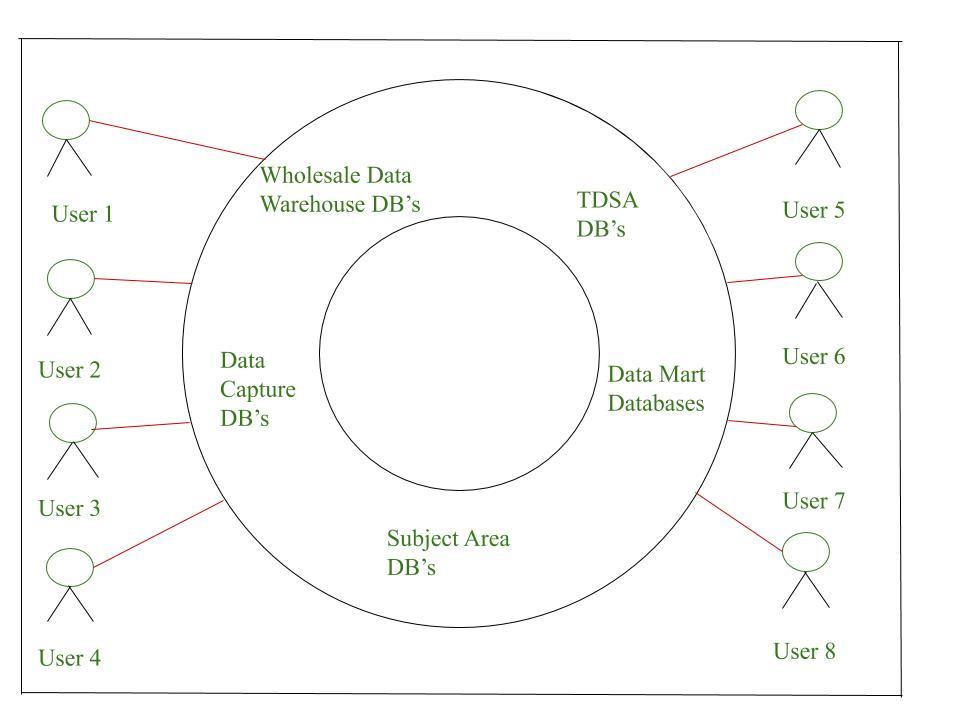Introduction of Enterprise Database
Last Updated :
11 Sep, 2020
Today is world that is full of data. We have ample number of resources which generate data on daily basis and all these data are stored in very secure manner in databases. All data is linked to each other in Database. With help of database, it becomes easy to, insert, use and remove data as per need.
For example, If we consider blog website data storage tables on blog website are users and articles. Here, to retrieve which user wrote which article, we connect these two tables with common attribute, such as user id. The software used to manage database is called Database Management System. For Example, MySQL, Oracle, etc. are popular DBMS used in different applications.
Definition :
As the technology is growing and people are using online resources more than offline amount of data is increasing day by day. If we talk about any big organization such as E-Commerce market, etc which has million of customer bases and has millions of data to be stored then we will know why enterprise database comes into play. More and more businesses are looking to bring in powerful ways when it comes to handling ever-increasing volumes of data. Small businesses that were dependent on Excel spreadsheets or Microsoft Access to handle their data few years ago they also want to add more capacity, functionality, and flexibility to there database and applications. Business databases are used by companies to strategize, schedule, and standardize various activities which company is going to carry on in coming time and which will help company to improve its productivity as well.
An enterprise DBMS is such in which 100 to 10, 000 individuals can access simultaneously. Businesses and big companies use this to handle their vast data set. Such database allows businesses to increase their productivity. This kind of database can handle large organizations with thousands of employees and busy web server with lakhs of people accessing it simultaneously online.
Typically DBMS is managed by Database administrator, or DBA, who is specialist in particular software product. DBA instructs-system to load, retrieve, or change data in database, as well as tells who can access data and what commands each one can use.
Below is an image representing Enterprise Database Environment. These databases provide an interconnected collection of five types of database architecture: original data capture, transaction data staging area, subject area, wholesale data warehouses, and data marts. All of these databases represent one or more functional areas that are present in every enterprise in general.
- Original data Capture :
Original data capture stores information about ongoing applications to database. Data can be created by any individual, or may it can be result of software development.
- TDSA :
TDSA stands for transaction data staging area that smoothes all various semantics, times, and units that can occur in original data capture packages since they come from different users, who run under different operating systems.
- Subject area database :
Subject area database draw data from one or more TDSA databases and create databases of large subject areas. Overall number of subject area databases is equal to number of independent user resources
- Warehouse Database :
A warehouse database is one that holds data taken from several different databases in subject field. Data in data centers is taken from databases of subject region.
- Data Mart Database :
data mart database is ad hoc and is created for specific need. Its architecture, loading software, and reporting from it are all custom created. Datamart database volumes can also be limited to wide range of data needed for individual offices or even individuals and can be downloaded Weekly or even nightly, to that office or person.

Various Enterprise Database Management System :
There are many enterprise databases such as :
Features of Enterprise Database Management System :
- Parallel query :
At the same time, several users will position queries in there.All the questions are responded to simultaneously.
- Multi-process support :
Several processes can be handled by splitting work load between them all.
- Clustering features :
That is, it combines more than one server or single database connecting case.Often one server can not be sufficient to handle data volume, so this is time where this function comes into play.
Like Article
Suggest improvement
Share your thoughts in the comments
Please Login to comment...